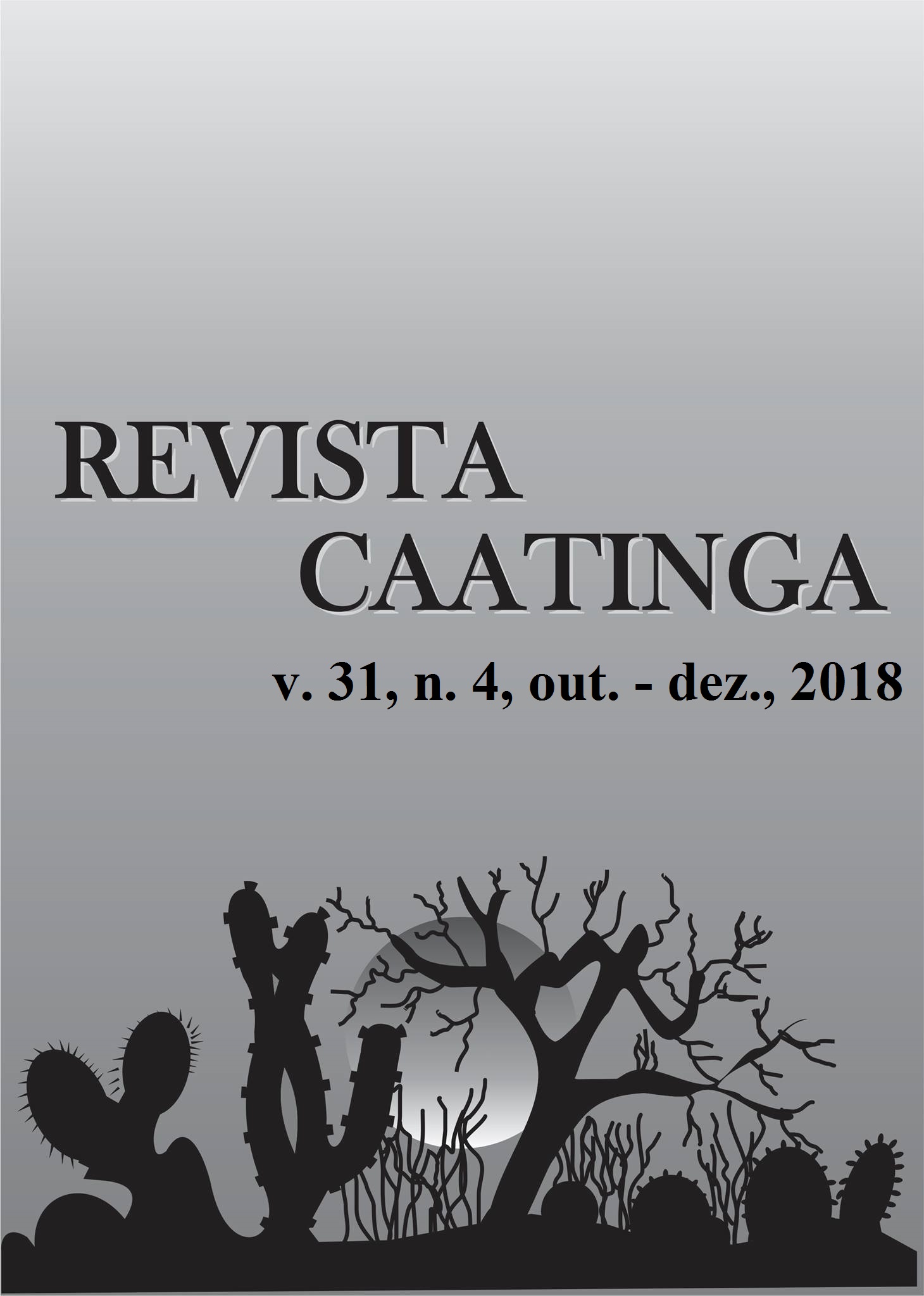MYCORRHIZATION STIMULANT IN SOYBEAN ASSOCIATED WITH PHOSPHATE FERTILIZATION IN OXISOLS
DOI:
https://doi.org/10.1590/1983-21252018v31n404rcKeywords:
Glycine max (L.). Phosphorus. Arbuscular mycorrhizal fungi.Abstract
The use of stimulants in the establishment of arbuscular mycorrhizal fungi has great potential in contributing to P uptake by plants. This study aimed to evaluate the effect of isoflavonoid formononetin as mycorrhization stimulant on soybean associated with phosphate fertilizer in Oxisols with intermediate (OPi) and low (OPl) phosphorus availability, in the Cerrado region of Piauí. The experiment in each soil consisted of randomized blocks design in a 4×4 factorial scheme, with four replications. The treatments comprised of four phosphorus doses (0, 26.66, 40 and 80 kg ha-1 P2O5), and four isoflavonoid formononetin doses (0, 0.5, 0.9 and 1.8 g kg-1 soybean seeds). The variables evaluated were soybean growth, yield, nodulation and mycorrhizal colonization rate. With the exception of mycorrhizal colonization rate in OPi, plant height and number of pods per plant in OPl, the other variables were not affected by the application of isoflavonoid formononetin, in both soils. Yield linearly increased with increase in the phosphorus doses in OPl, and presented agronomic efficiency of ~15 kg ha-1 grain for each kg ha-1 P2O5 applied to the soil.
Downloads
Downloads
Published
Issue
Section
License
Os Autores que publicam na Revista Caatinga concordam com os seguintes termos:
a) Os Autores mantêm os direitos autorais e concedem à revista o direito de primeira publicação, com o trabalho simultaneamente licenciado sob a Licença Creative Commons do tipo atribuição CC-BY, para todo o conteúdo do periódico, exceto onde estiver identificado, que permite o compartilhamento do trabalho com reconhecimento da autoria e publicação inicial nesta revista, sem fins comerciais.
b) Os Autores têm autorização para distribuição não-exclusiva da versão do trabalho publicada nesta revista (ex.: publicar em repositório institucional ou como capítulo de livro), com reconhecimento de autoria e publicação inicial nesta revista.
c) Os Autores têm permissão e são estimulados a publicar e distribuir seu trabalho online (ex.: em repositórios institucionais ou na sua página pessoal) a qualquer ponto antes ou durante o processo editorial, já que isso pode gerar alterações produtivas, bem como aumentar o impacto e a citação do trabalho publicado (Veja O Efeito do Acesso Livre).







